The sprawling town of Negombo is of interest mainly thanks to its proximity to the international airport, just 10km down the road — many visitors stagger off long-haul flights straight into one of the beach hotels here, or use the town as a last stop before flying home; it’s also a good place to arrange onward tours and transport, and is convenient for boat trips to the wildlife-rich wetlands of Muthurajawela, just south of town.
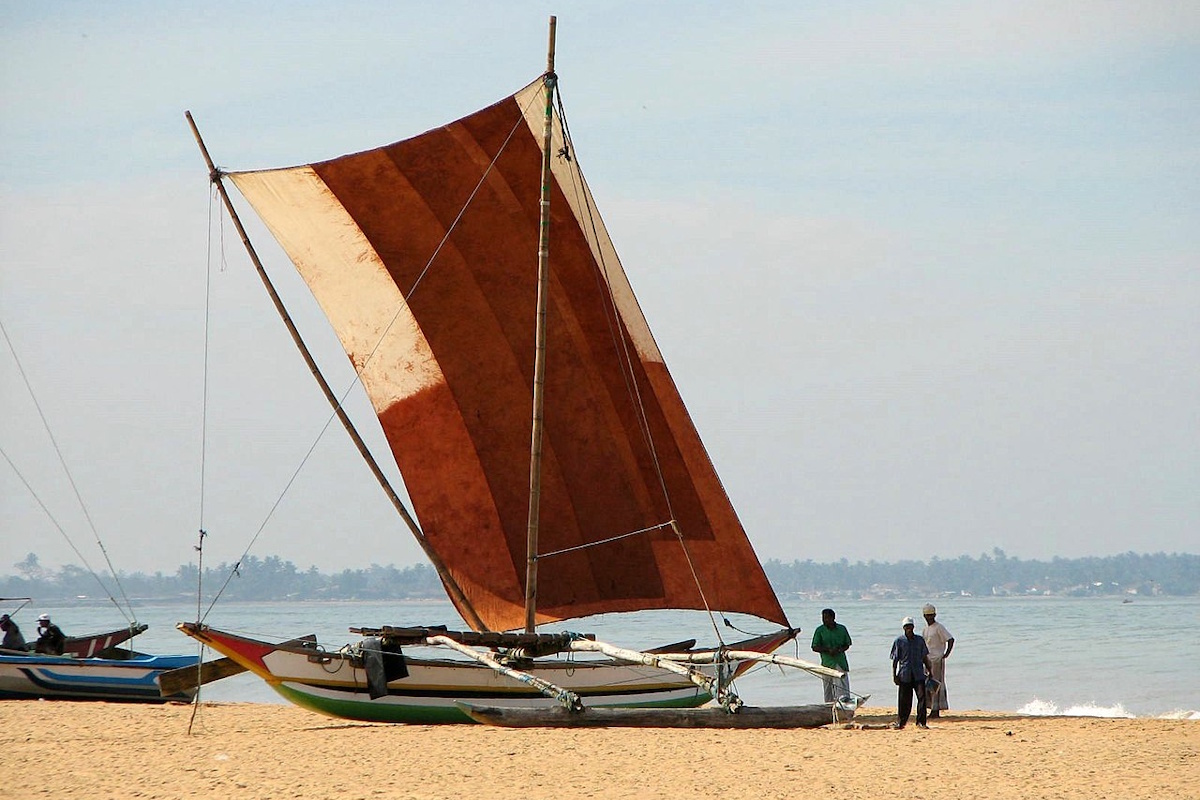
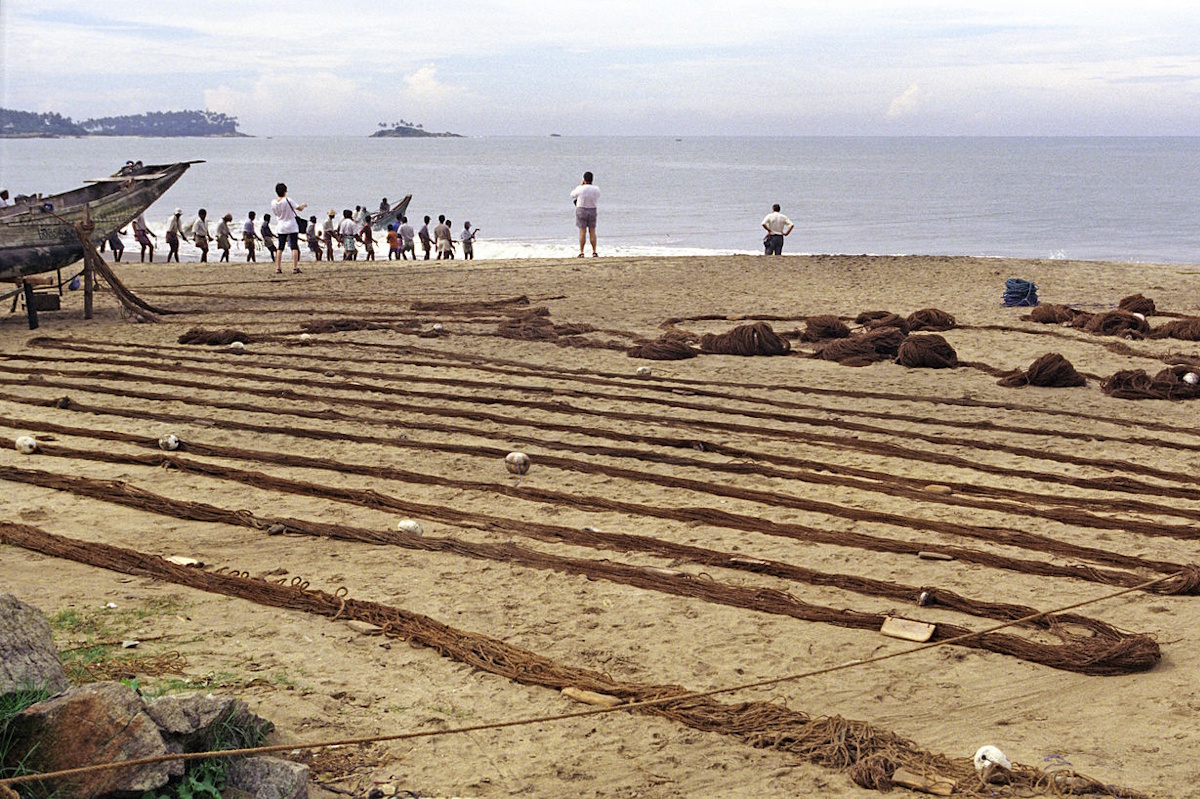
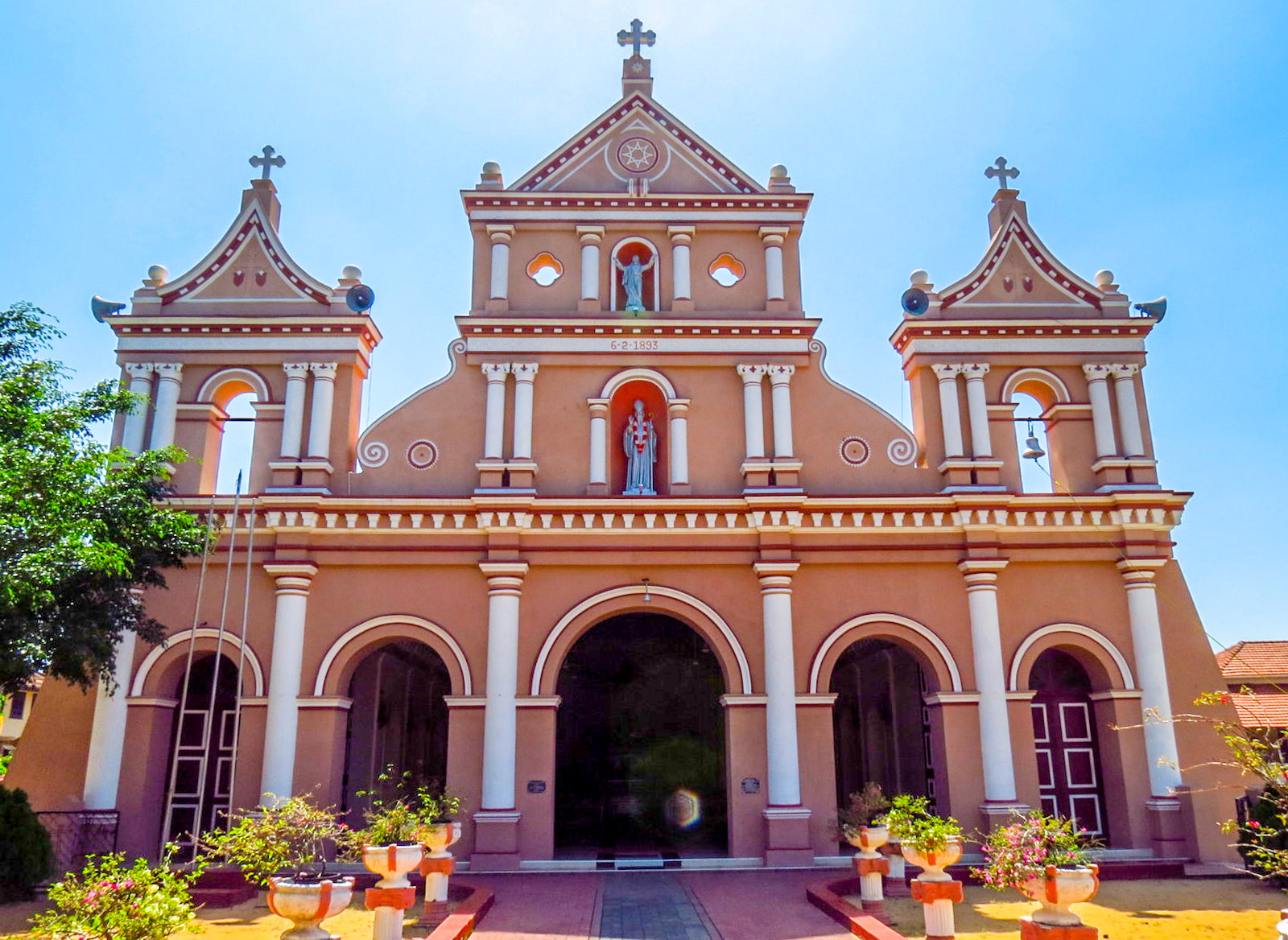
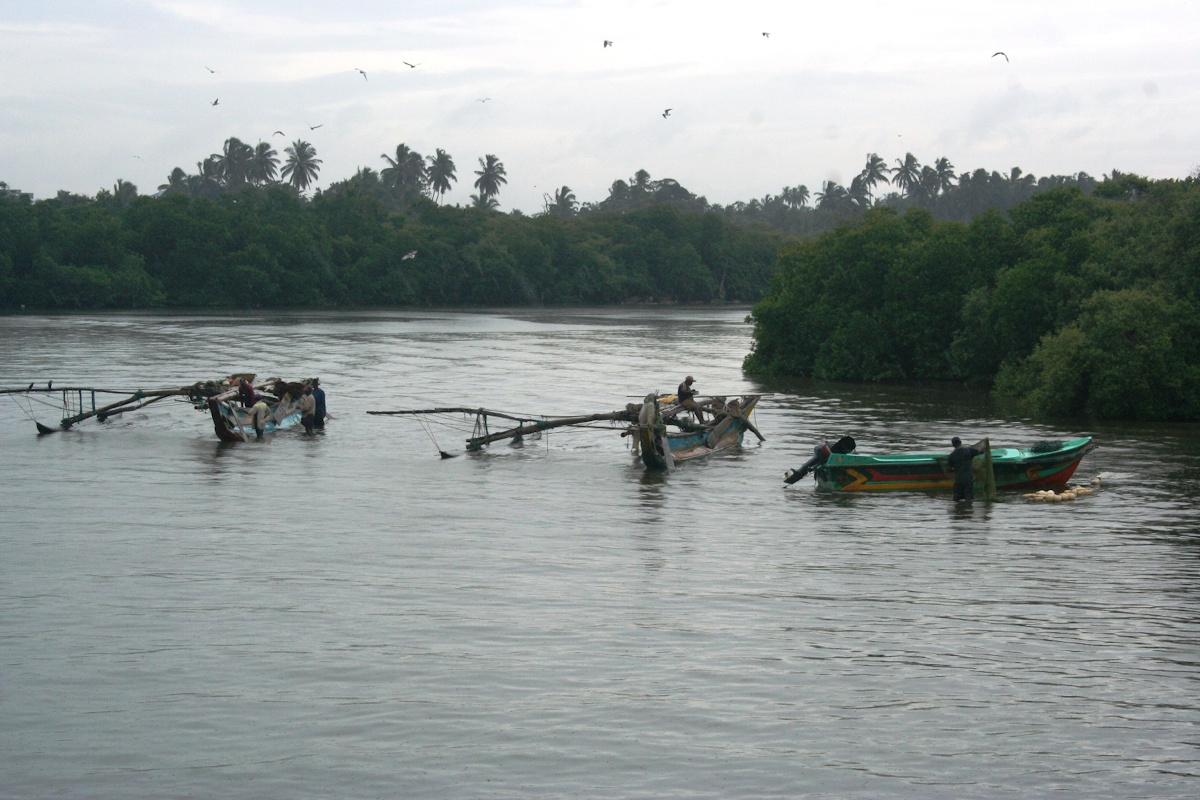
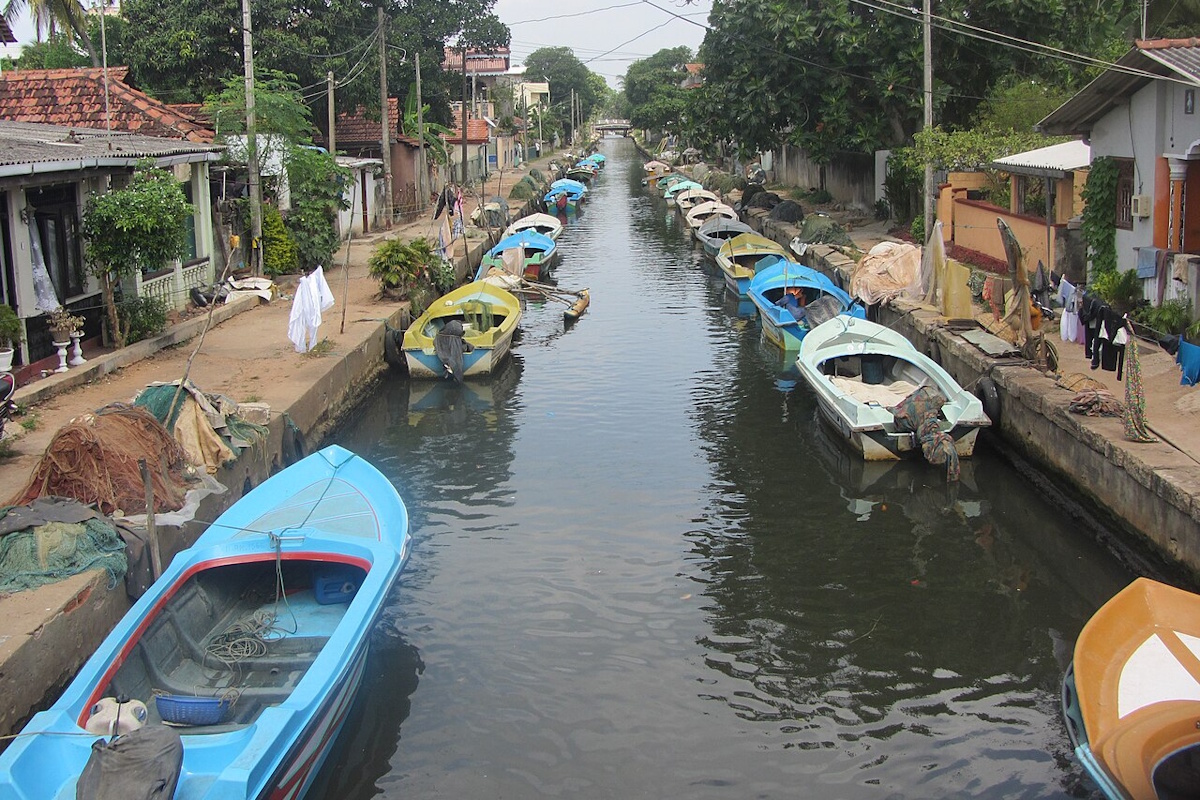
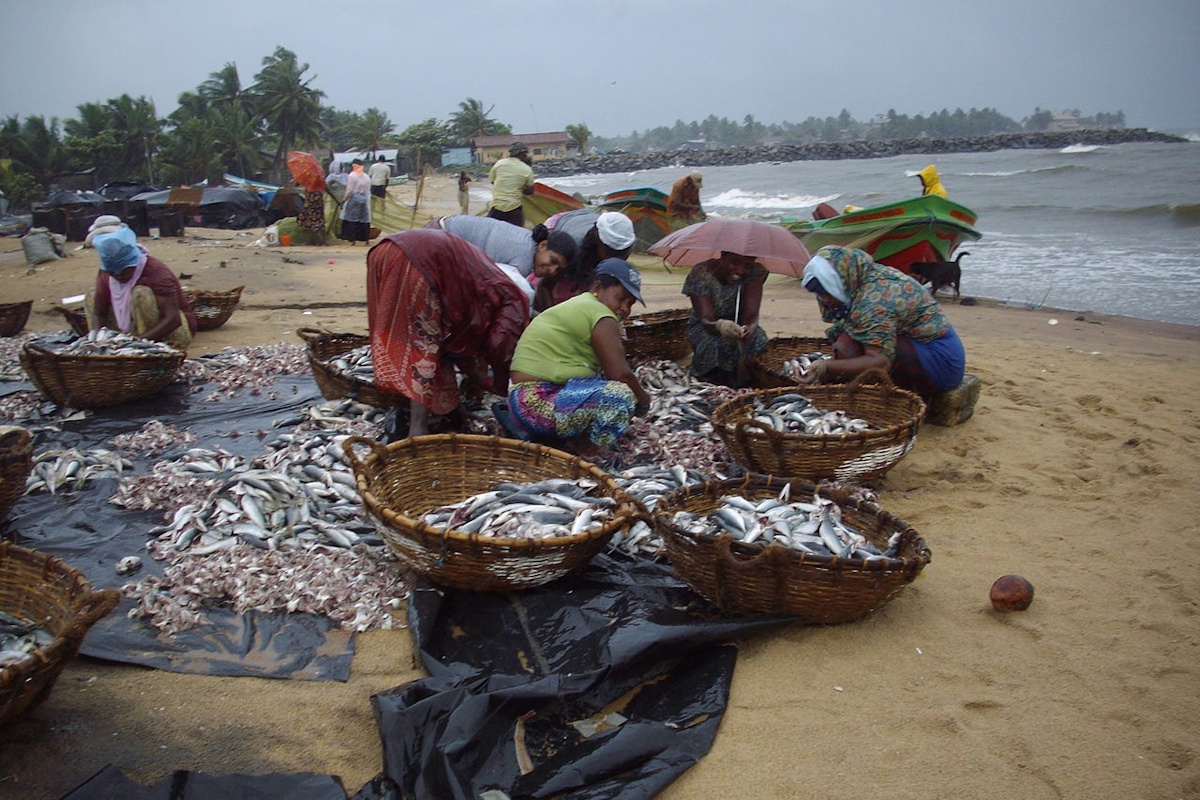
Negombo, located just north of Colombo along the western coastline, boasts a rich and layered history:
Pre-Colonial Times: Once part of the ancient kingdoms of Sri Lanka, Negombo was known for its extensive cinnamon cultivation and lagoon-based fishing communities.
Colonial Influence: With its strategic coastal position, Negombo was successively controlled by the Portuguese, Dutch, and British. The colonial eras left behind churches, fort ruins, and canals that still shape its character today.
Cultural Heritage: The town has a significant Catholic community, earning it the nickname “Little Rome” for its many churches and religious festivals.
Proximity to the Airport: Its closeness to Sri Lanka’s international airport makes Negombo a convenient choice for travelers entering or leaving the country.
Beach Resorts & Nightlife: The town saw a boom in beachside hotels, bars, and restaurants, especially along Negombo Beach Road.
Cultural & Historical Mix: Colonial canals, churches, and the lagoon culture added depth to the tourist experience.
Lagoon and Fishing Heritage: Tours of the Negombo Lagoon, fish markets, and traditional catamaran rides attracted eco-tourists and cultural explorers alike.
Accessibility: Excellent road and rail connections to Colombo and the rest of the west coast enhanced its popularity.
Negombo is now a bustling coastal city that serves as both a commercial hub and a popular tourist entry point:
Just 15 minutes from Bandaranaike International Airport, it’s often the first or last stop for travelers to Sri Lanka.
The town offers a blend of beach culture, heritage charm, and urban amenities, making it ideal for short stays or relaxing layovers.
Geography: A coastal town with golden beaches, a sprawling lagoon, and a network of Dutch-era canals.
Climate: Tropical climate with average temperatures ranging between 27–32°C. The best time to visit is December to April for dry and sunny weather.
Negombo Beach – A long stretch of beach with sun loungers, beach bars, and kite surfers.
Dutch Canal & Hamilton Canal – Take a boat tour through these colonial waterways lined with mangroves and local life.
Negombo Lagoon – Known for birdwatching, traditional fishing, and sunset cruises.
St. Mary’s Church – An impressive colonial-era church with vibrant ceiling frescoes.
Negombo Fish Market – A bustling hub to see the catch of the day and local trading in action.
Angurukaramulla Temple – A striking Buddhist temple with colorful murals and an enormous seated Buddha statue.
Dutch Fort Ruins – A remnant of 17th-century Dutch architecture located near the lagoon.
Muthurajawela Wetlands – A nearby wetland sanctuary rich in biodiversity and best explored by boat.
Beachside Dining & Nightlife – Vibrant restaurants and pubs offering everything from seafood to live music.
Local Festivals – Especially during Easter, when Negombo’s Catholic community hosts lively processions and events.
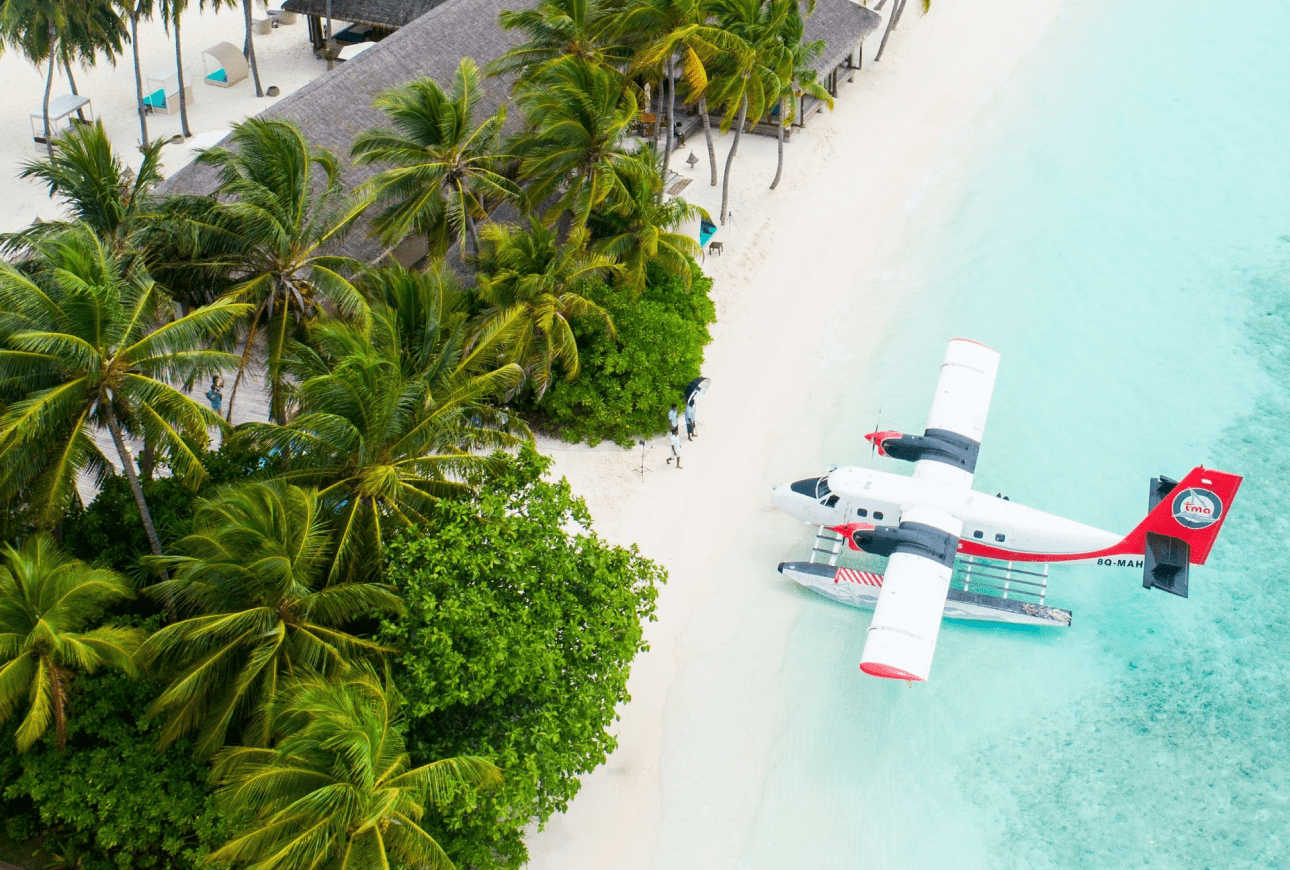
Subscribe to see secret deals prices drop the moment you sign up!